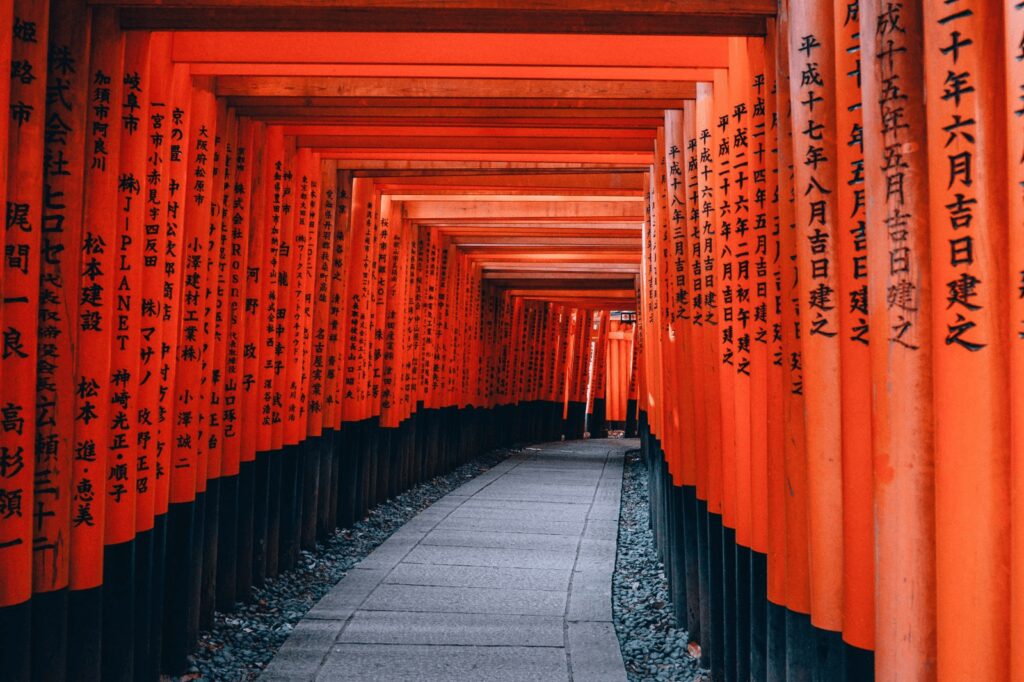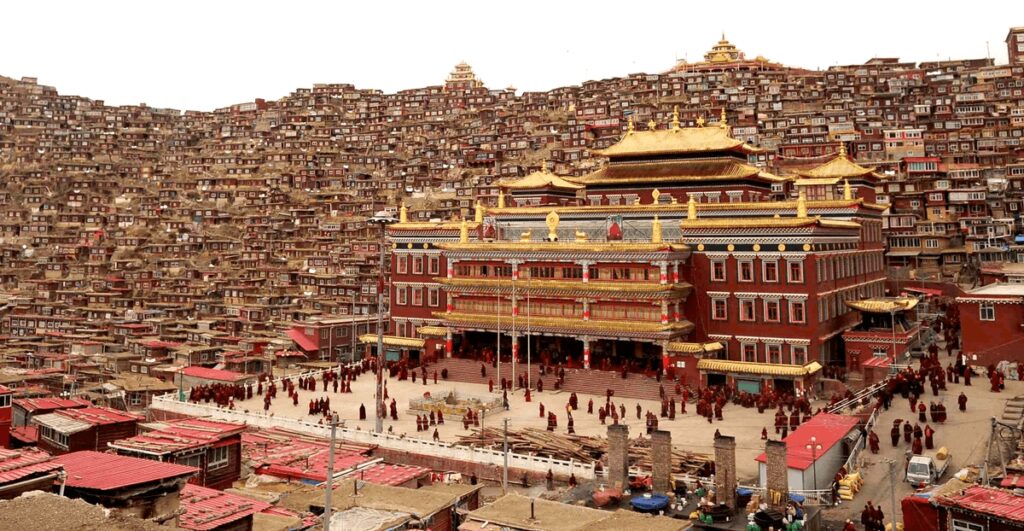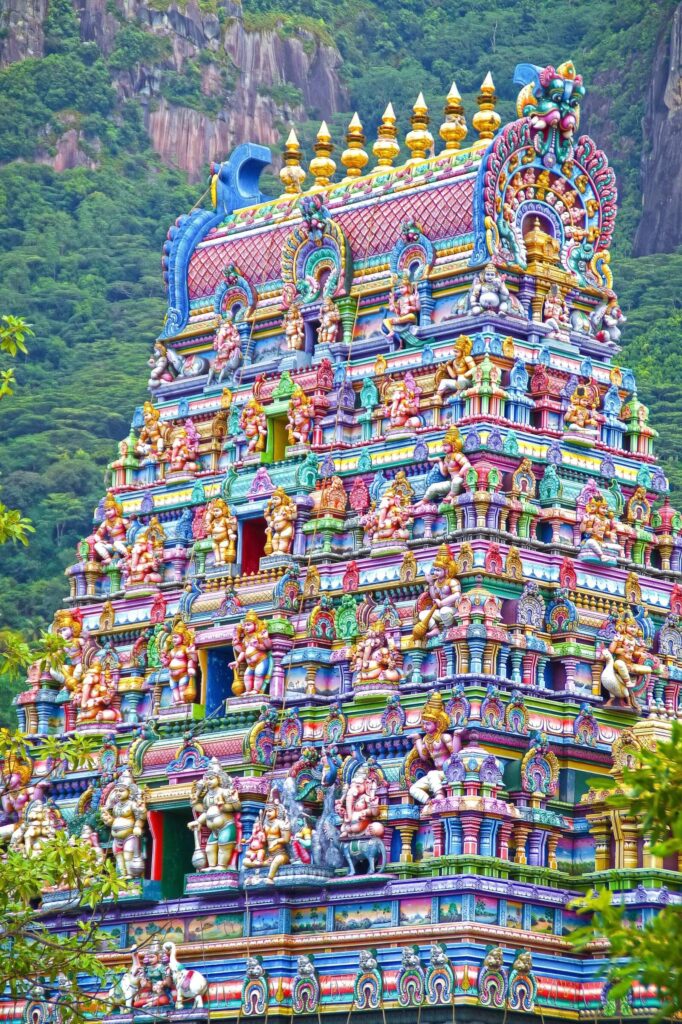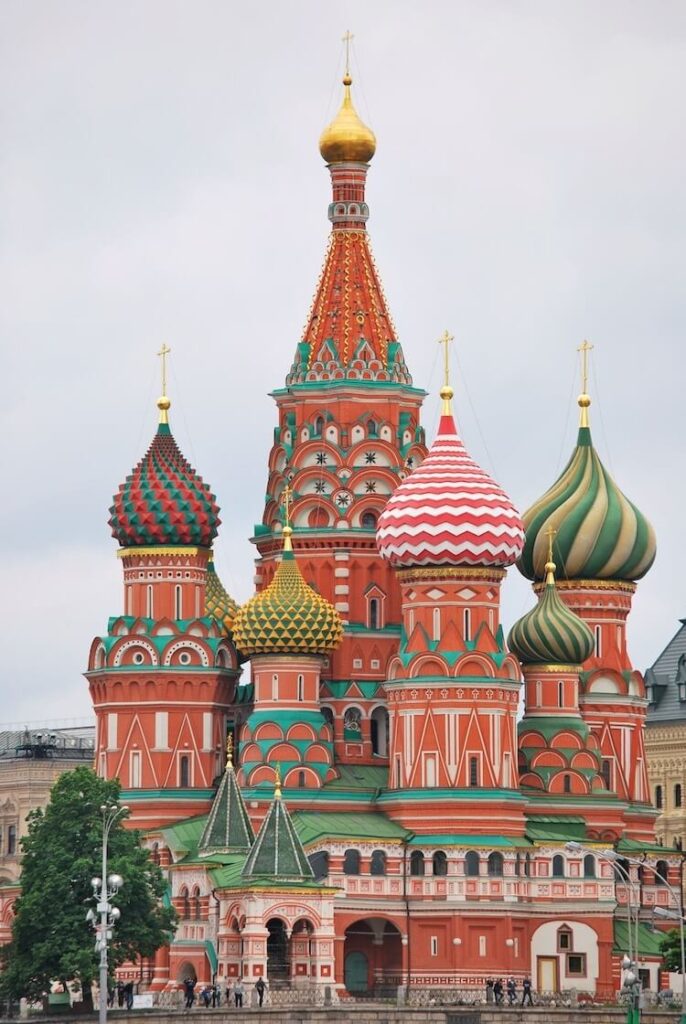Sculpting Serenity: Gandhara’s Indo-Greek Buddhist Art
The ancient region of Gandhara, the “Land of Fragrance,” played a vital role in developing Buddhist art and deepening its global...
Maya M. Tola 18 July 2024
Whether colors represent environmental phenomena, human history, or personal freedom, there are canvases that exist beyond an artist’s studio. Mountains, lakes, buildings, and gardens are some of the most colorful places in the world. Let us hope this collection of colorful temples inspires you to visit them!

Fushimi Inari-taisha Shrine located in the Kyoto prefecture is the head shrine of Inari. Inari, the god of rice, was considered the patron of businesses and manufacturers. The main attraction of the shrine is the Senbon Torii. This comprises around 5,000 red torii gates which together look like a tunnel. Each gate has been donated by a business owner. In addition, there are some fox statues. Foxes were thought to be the messengers of Inari. Besides this, tourists are attracted to the shrine for its scenic mountain trail of around four kilometers. It is one of the most photographed locations in Kyoto. It was also featured in the movie Memoirs of a Geisha in 2005.


Possibly one of the largest religious institutes in the world, Larung Gar in Tibet Autonomous Prefecture houses around 40,000 Buddhist nuns and monks. The history of the Seda Larung Wuming Tibetan Buddhist Institute began in 1980. Students come to study here for at least six years but their training might also last for up to 13 years. Their dormitories, painted in red-brown color, give this tree-less landscape a surreal feel. Significantly, the students live here without any contact with the rest of the world. It is certainly a perfect place to get in touch with one’s inner voice!


India is a land of temples and the Meenakshi Temple in Madurai is one of the largest temple complexes. The name of the temple is Meenakshi Amman Temple or Meenakshi Sundareshwarar Temple. Madurai is an ancient city in southern India and also a center of classical and modern Tamil literature. The goddess Meenakshi, an avatar of Parvati, wife of Shiva is the presiding goddess of Madurai.
The temple was built by King Kulasekara Pandya (1190-1216 CE). There are 14 gopuram or gateways to the shrine, each differing in height. In addition, each gateway has a highly detailed fresco depicting a secular or religious theme from Hinduism. The present-day Meenakshi Temple has been damaged and renovated many times, yet it remains a major pilgrim site for the followers of Shiva.


No picture can do justice to the beauty and architectural excellence of this mosque! Nasīr al-Mulk Mosque in Shiraz is located in Gawd-i Arabān quarter, near Shāh Chérāgh Mosque. It was built by Mirza Hasan Ali Nasir al Molk, a lord of the Qajar Dynasty. He ruled from 1876 to 1888, the period when Iran was becoming more westernized. The geometrical shapes inside the mosque are of Persian architecture. However, the use of floral and colorful tilework shows a European influence, especially that of Britain, France, and Germany. Another name for the mosque is the Pink Mosque. This results from the use of rose-pink tiles in its interior.

The construction of St. Basil’s Cathedral took place between 1555 and 1561. It was Tsar Ivan IV the Terrible, the longest-ruling Tsar of Russia, who ordered its creation. The cathedral’s original name was the Cathedral of Intercession of the Virgin by the Moat. This refers to a military victory over the Khazan and the moat that protected the Kremlin until the early 19th century. Surprisingly, the original color of the Cathedral was white with golden domes. However, it was painted in rainbow colors in the 17th century inspired by the Biblical description of Heaven.
A total of nine chapels lie around the central nave, each having its own name. The ninth is called St. Basil’s. The Cathedral is part of the State Historical Museum and houses some of the finest works of Russian art. Since 1990 this iconic Moscow landmark has been part of the UNESCO World Heritage Sites list.
DailyArt Magazine needs your support. Every contribution, however big or small, is very valuable for our future. Thanks to it, we will be able to sustain and grow the Magazine. Thank you for your help!